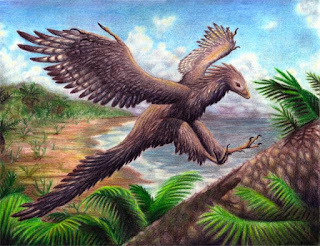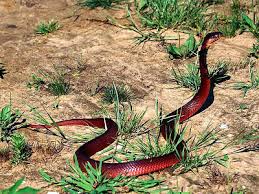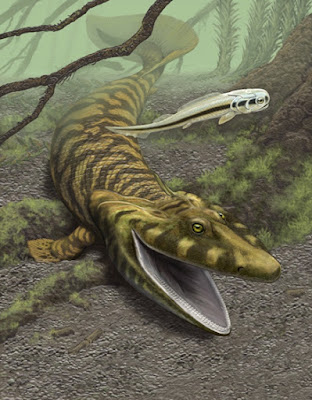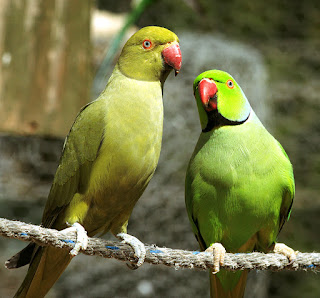Migration & Navigation of Birds
Man has wondered about the migration of birds ever since he made
the simple discovery that many birds were present one day and gone the next,
and that they returned many months later just as mysteriously as they disappeared.
Migration is among the most remarkable of the phenomena related with bird life.
The word migration is derived from the Latin word migra which means going from
one place to another. Migration may also be defined as the periodic movement of
animals to avail the favourable conditions obtaining in any part of the world. In
birds, migration means a two way journey, journey from the original place or
home to new places and a return journey homeward. It was not until almost the
beginning of the 20th century that migration began to be studied
intensively and scientifically.
Kinds of Migration
1. Latitudinal: The most familiar
periodic migration is from north to south or latitudinal. Usually birds migrate
from their northern home to the south to pass the winter there and with the
advent of summer, again migrate to the north. Migration of this kind is also
found in the Southern hemisphere to a lesser extent and in opposite direction,
since the seasons are reversed there.
2. Altitudinal: Some bird exhibit
altitudinal or vertical migration, that is, they go to the mountainous regions
in summer and return to the plains in winter. Juncos, Jays, Chikadees, etc., are
birds of western United States which exhibit such altitudinal migration with
changing seasons.
3. Longitudinal: Such migrations take
place in the east-west direction. Red head ducks, evening grosbeaks and
Californian gulls provide examples of this type of migration where the birds
move to new places during winter.
4. Vagrant or irregular migration: Such
migration is irregular and random. Some birds, like herons, gulls, terns, etc.,
disperse for a short or long distance in search of food and safety. In summer,
young birds disperse in all directions from their birth place.
5. Partial migration: When some individuals of
a species migrate while others stay on at their breeding places, it is called
migration. Robins of England and thrushes are partial migrant birds. Some species
of ‘passerine’ and shore birds also exhibit such partial migration.
6. Nocturnal: Such birds fly by
night, while feed and rest during the day. Mainly smaller birds such as
sparrows, thrushes and warblers, etc., are such night-fliers. They get
protection from their enemies in the dark while flying.
7. Diurnal: Large birds, like pelicans, hawks,
pigeons, swifts, swallow, etc., are day-fliers. They stop for feeding at
suitable places.
It is quite interesting to know that there are some birds, like
geese and ducks fly both by night and day while migrating.
Problem of Navigation
(Way Finding)
The mystery as to how birds migrate to definite places in the
north or south following the same routes with much regularity and accuracy has
given rise to various theories and explanations,
1. Various landmarks like river valleys, mountain ranges,
coastline, etc., are utilized by birds to guide them.
2. H L Yeglev suggested that birds are guided by terrestrial
magnetism.
3. Migration has been explained as an instinctive behaviour, the instinct
having developed as a cumulative inheritance of experience.
4. Gustav Kramoner, a German ornithologist, experimented with caged
European starlings and proved that birds use the sun as compass to find out the
direction during migratory flight.
5. Franz Saurer (Germany) experimented with warblers and concluded
that night-fliers guide themselves with the help of stars during flight by
night.
Reference
Also See
• Parrots
• Bats
• Bears
• Birds
©
Don`t Kill Creatures of
Nature, You have No Right to Do That
Being Vegetarian, Love
Creature of Nature
Live and Give Space for
another Life
Save Nature
Love Nature














Good Article
ReplyDeleteIs help in my projects
ReplyDeleteAnimals are the most beautiful part of nature.
ReplyDeleteGood content.